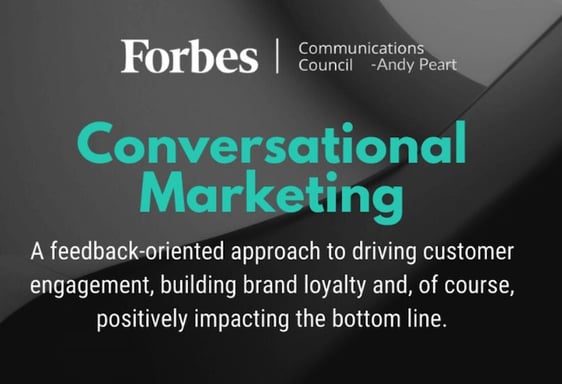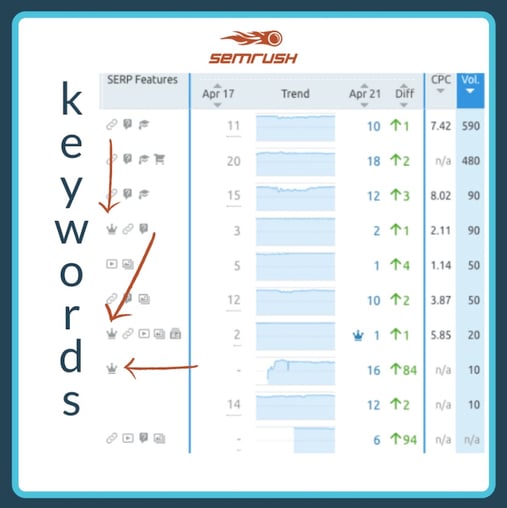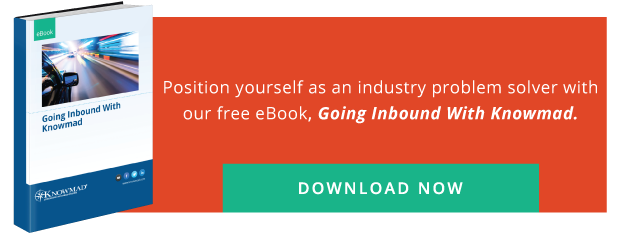author
Diona Kidd
If a conversational marketing strategy is on your “to-do” list, it’s critical to define it correctly from the beginning. While chatbots and live chat are part of conversational marketing, an article from Forbes provides a more precise definition:

Lead Generation and Conversational Marketing
Conversational marketing does not replace lead generation strategies, but rather, it’s part of the inbound marketing mix. Most brands use their website to communicate who they are, what they do, and details about their product and services. In today’s competitive marketplace, websites should initiate a conversation with visitors.
Conversational Marketing Statistics
- Research shows that only 38% of consumers want to talk with a human when engaging with a brand (Salesforce).
- Over 90% of users who opted to receive texts from a brand see those messages as "somewhat" or "very useful" (Content Marketing Institute).
- 70% of consumers said they feel more confident about brands they can message (Facebook).
Bots are at the front of the line to meet the demand for real-time interactions in both the B2B space and consumer markets.
Before you move forward with selecting a bot or another conversational marketing tool, begin with a clear strategy. In getting started, it’s important to establish goals, use tools that generate quantifiable outcomes and measure progress to improve success rates. Today we’ll discuss the strategy for building conversational marketing into your website and selecting the right tool. They begin with the same first step:
Identify Website Pages
According to HubSpot, conversational marketing works best with personalization. Adding a single, multi-purpose tool on every page of your website will not deliver the personalized experiences that boost engagement and leads.
Proceed with caution when adding conversational marketing tools or content to your website. Relevance, the stage of the buyer journey, and visitor behavior will play a role in the placements and type of tool or content. When conversational marketing doesn’t match the intent of your audience, you’ll see limited lift in conversations, leads, and conversions for a landing page. Remember, personalization is the key to success.
There are several ways to identify high-traffic and high-value sections of your website. We’ll start with the easiest options and give you several in-depth methods to consider.
Top Website Locations
If you don’t have time to take a deep data dive, other companies have researched the topic for you. HubSpot recommends placing conversational marketing tools in one or more of these places:
- Home page
- Pricing page
- Product/Service pages
- Knowledge Center
Mobile Monkey recommends a general approach for B2B websites:
- Provide options for more info with a guided menu
- Give opportunities for connecting with live support
- Use Smart Display Rules to show the chatbot on specific pages
Top Pages in Google Analytics
A Behavior Flow Report in Google Analytics will show you the most popular pages on your website. At the high level, you can group website pages according to traffic volume. For an in-depth analysis into the buyer journey, you can drill down into the data with Dimensions and Segments.
SEMrush Position Tracking Tool
Conversational marketing works best on website content that answers questions and generates traffic. We use the Position Tracking tool from SEMrush.
Here’s a screenshot from the Position Tracking tool. We can view URLs associated with each keyword by clicking on the SERP Feature icons. The crown icon indicates "rich results", a SERP feature for answers to search queries with questions. They're a popular SEO tool; most rich results in a Q&A format appear at the top of page one.

Conversational Content
Once priority pages of your website are chosen, select one or more types of conversational content. There are no shortcuts; placing buttons with messaging that says “Learn More” that lead to a chat window will not work. Conversational content will amplify your brand story, streamline sales and marketing in a way that eliminates obstacles and delays in the buyer journey, and drive deeper relationships with prospects and returning customers.
Conversational content exists in a variety of formats and styles:
- Conversational posts, articles, and landing pages
- Website UX/design features
- Chatbots
- Messaging apps
- Nurturing content after form submissions
- Voice search optimization for Apple, Siri, Google Assistant, Alexa, and Microsoft Cortana
- SMS/Text messaging
Choosing the right tool and style will depend on your brand, budget, and access to a web developer and web designer. The best thing about conversation marketing technology is the variety and availability; there's something for everyone to begin.
Connecting your conversation tools and content to the sales team is another important consideration. Ensure that your sales team is ready to respond to these conversations or set up an automation tool to keep the conversation going.
Conversation is Key
In today’s competitive online environment, implementing a conversational content strategy is no longer an option. Structuring your content around a conversational approach will not only increase the number of leads from your website, it will also provide your marketing and sales team with valuable information about prospects and how they interact with your brand.
Check out our next blog post, Conversational Marketing Examples, to learn more about conversational marketing formats and styles.







